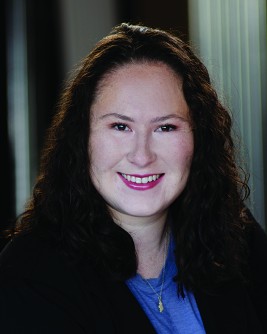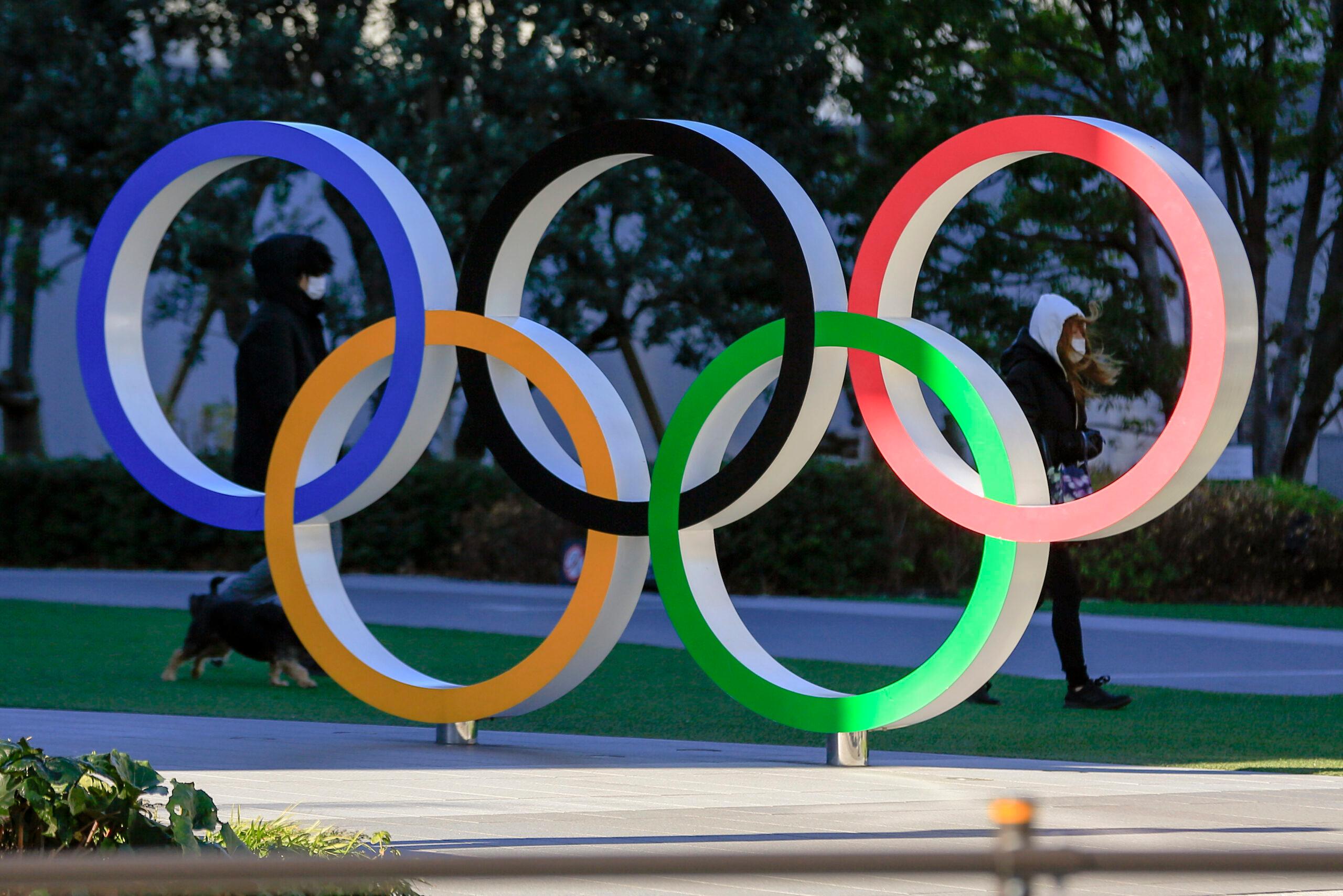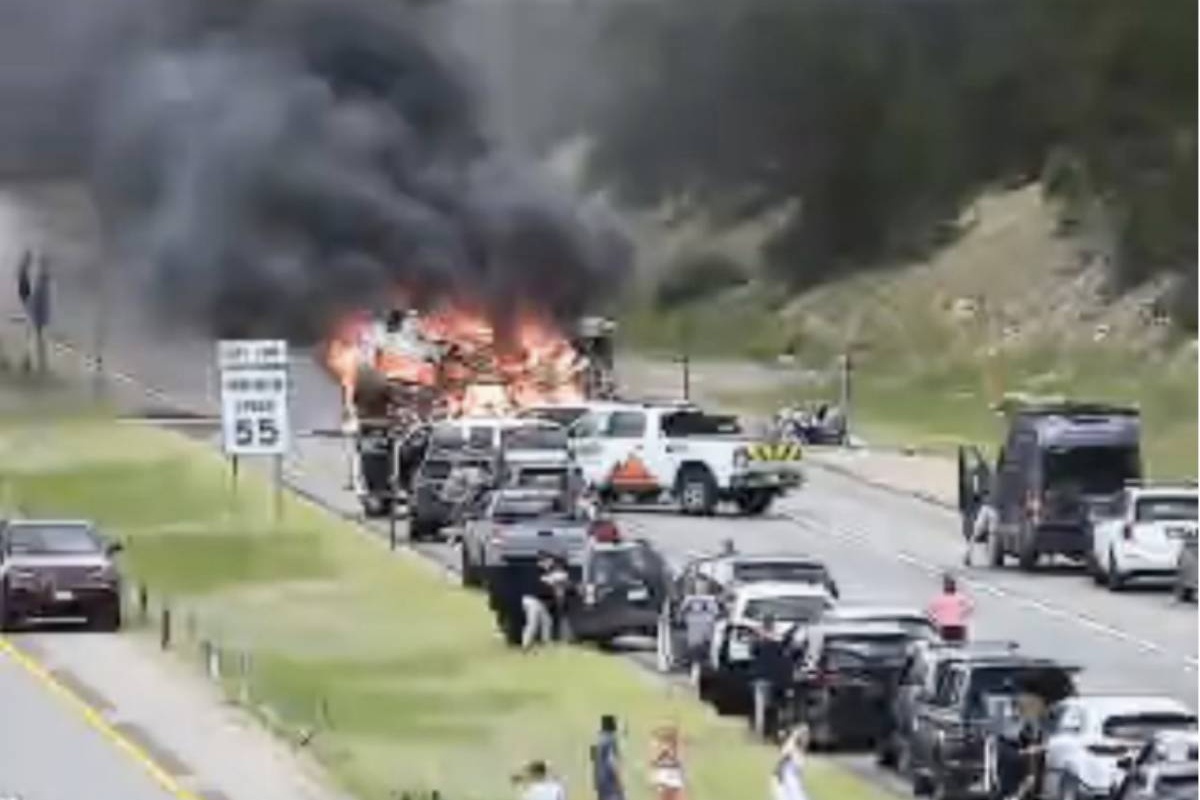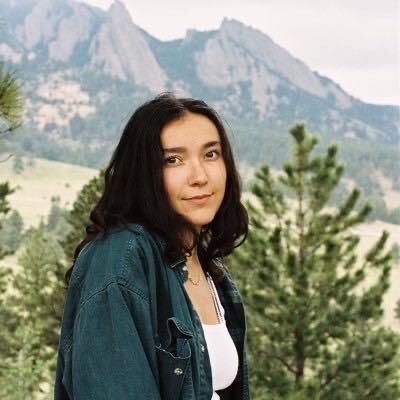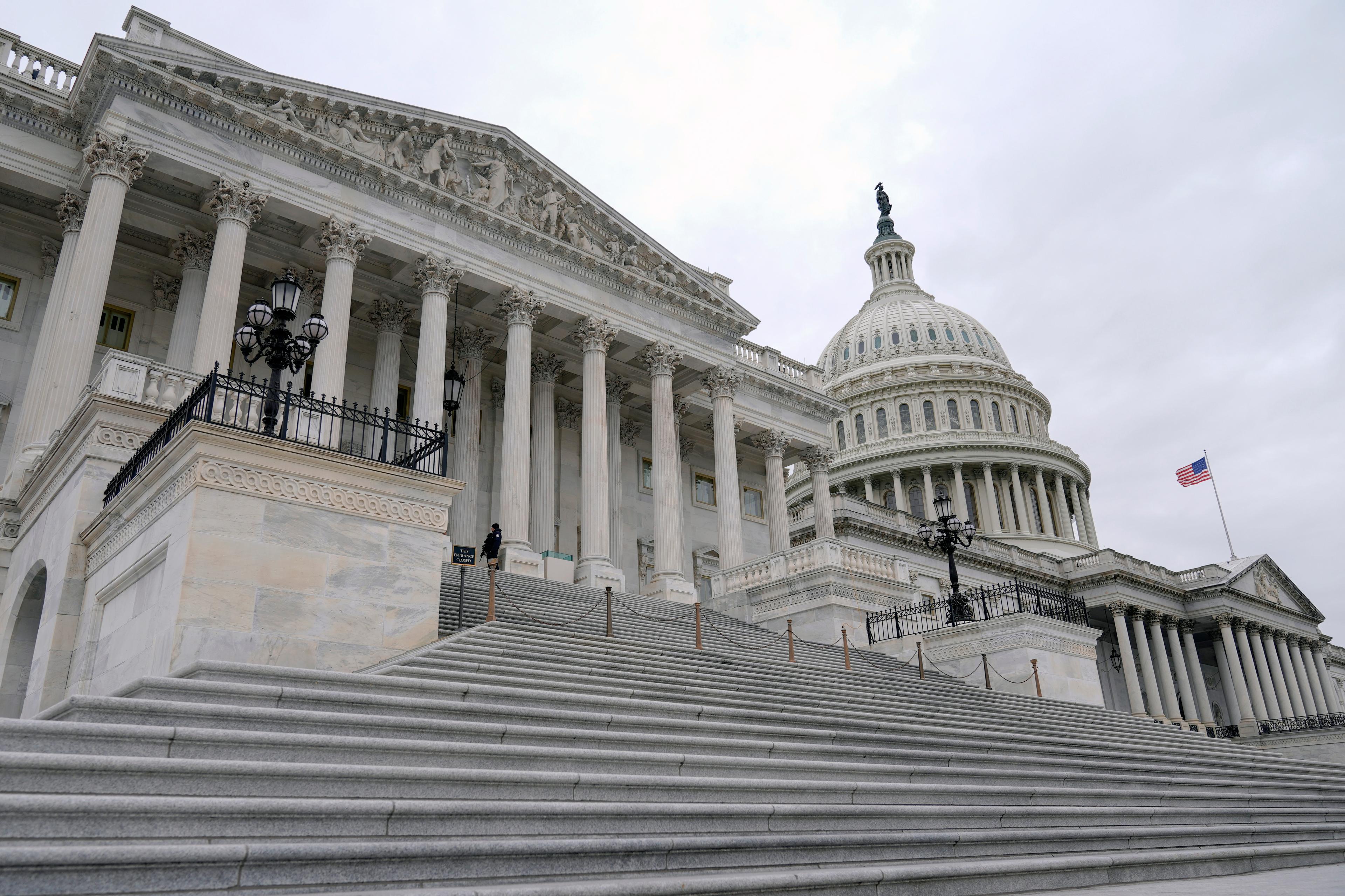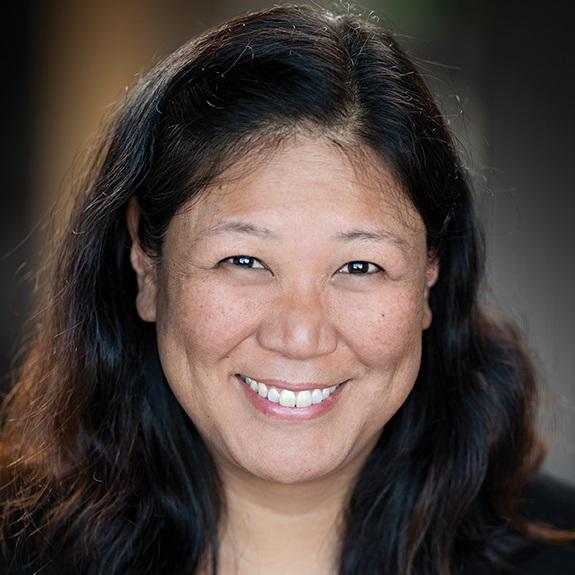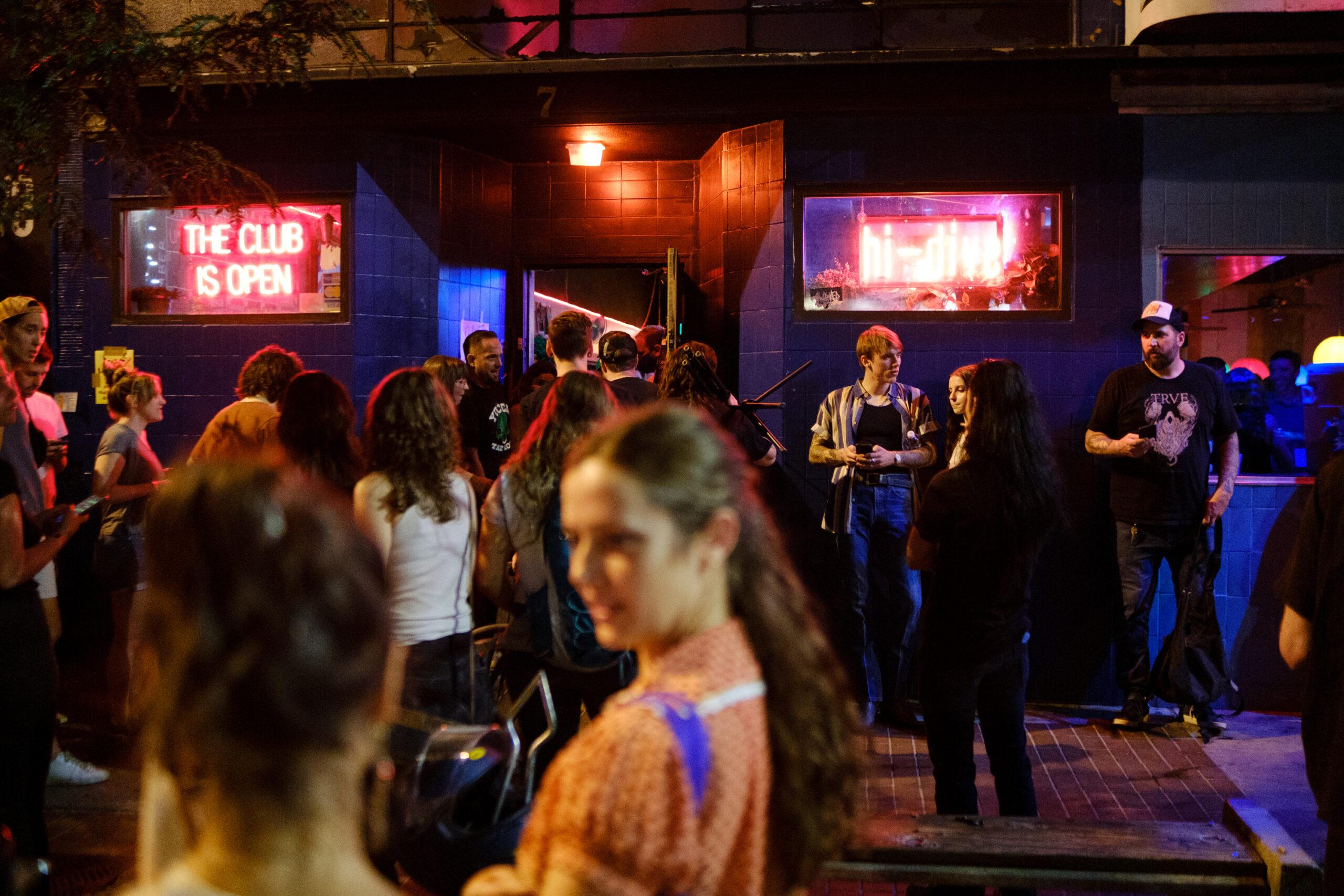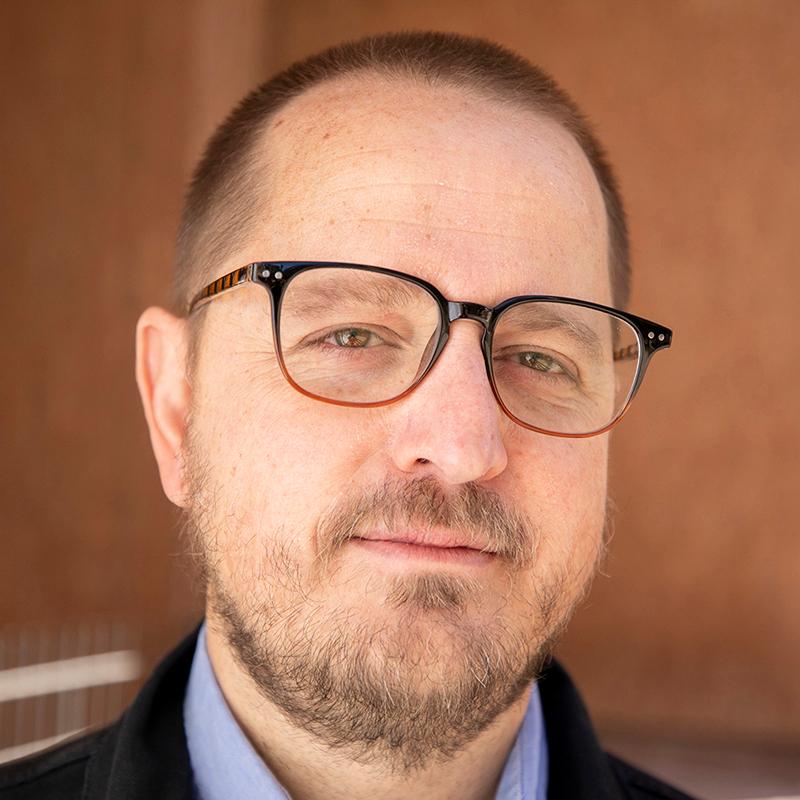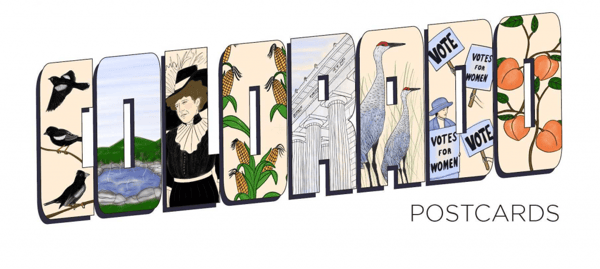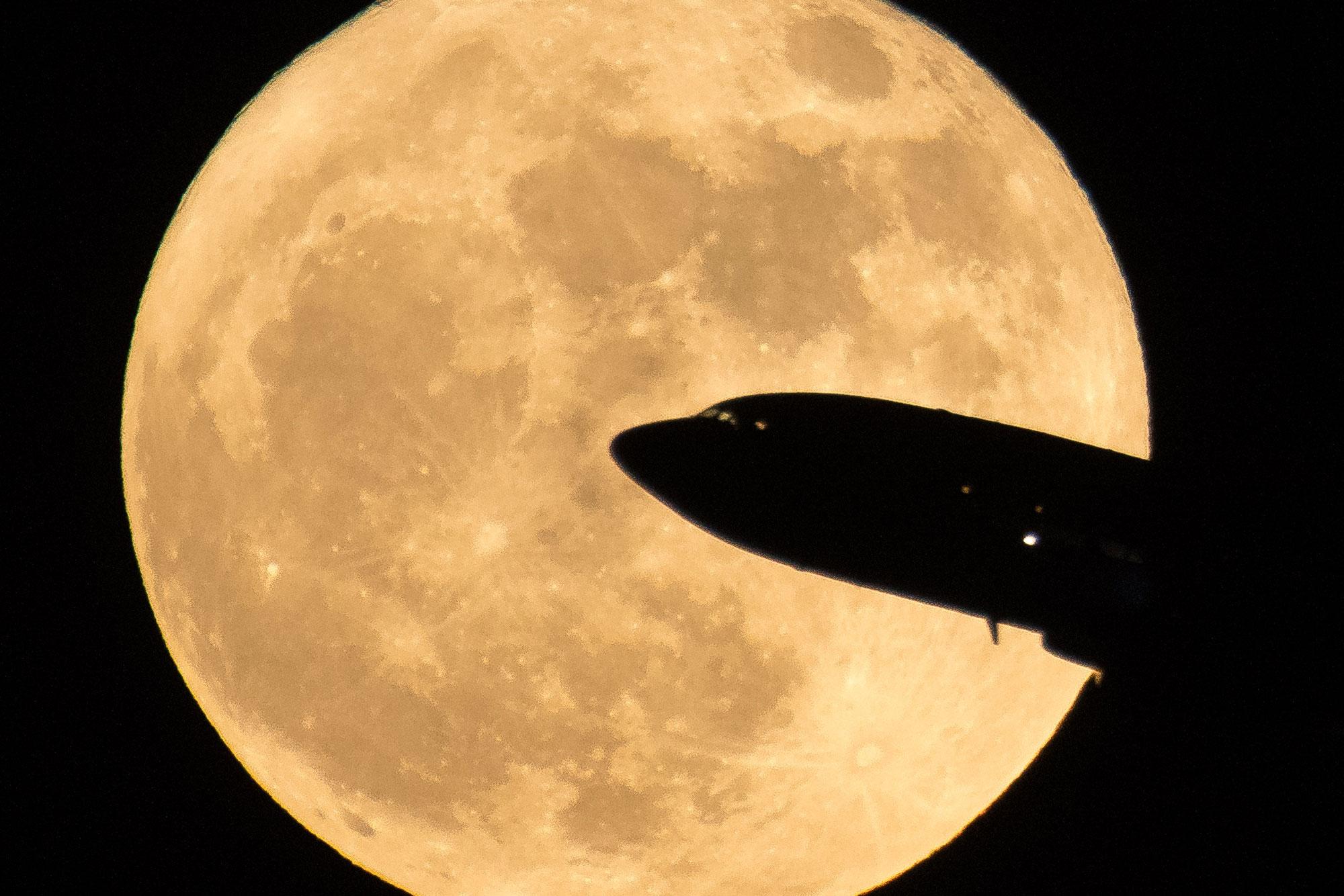

The last supermoon of 2019 is Wednesday night and just happens to coincide with the first day of spring, also called the vernal equinox.
Most of the hype around the last few supermoons has to do with social media, said University of Colorado Boulder astronomer Doug Duncan. Think of it like a game of telephone that ends with a dramatic exaggeration of the moon's size.
"It actually isn't bigger when it rises, but when it's in front of the landscape it looks bigger because you have things to compare it to like trees or the Rocky Mountains,” he said. “Mostly, it's a psychological, physiological effect."
Tonight's sky-watching event also has a funny name: the "super worm equinox moon." But astronomers didn't give it its name, Duncan said.
"Imaginative people have a lot of different names for the full moon," he said.
According to the Farmer’s Almanac, March’s full moon is called a “worm moon” because of the seasonal appearance of earthworms coming out of thawing soil. Duncan says it’s a rare occurrence that this full moon falls on the vernal equinox.
The moon is just two percent closer to the earth than usual because of where it is in its oval-shaped orbit, Duncan said.
There will be two visible supermoons next year: March 9 and April 8, 2020. There are also two supermoons during the moon’s new phase next year, but the moon will be dark then — remember, we see light from the moon because the sun’s light bounces off it — and not visible.
